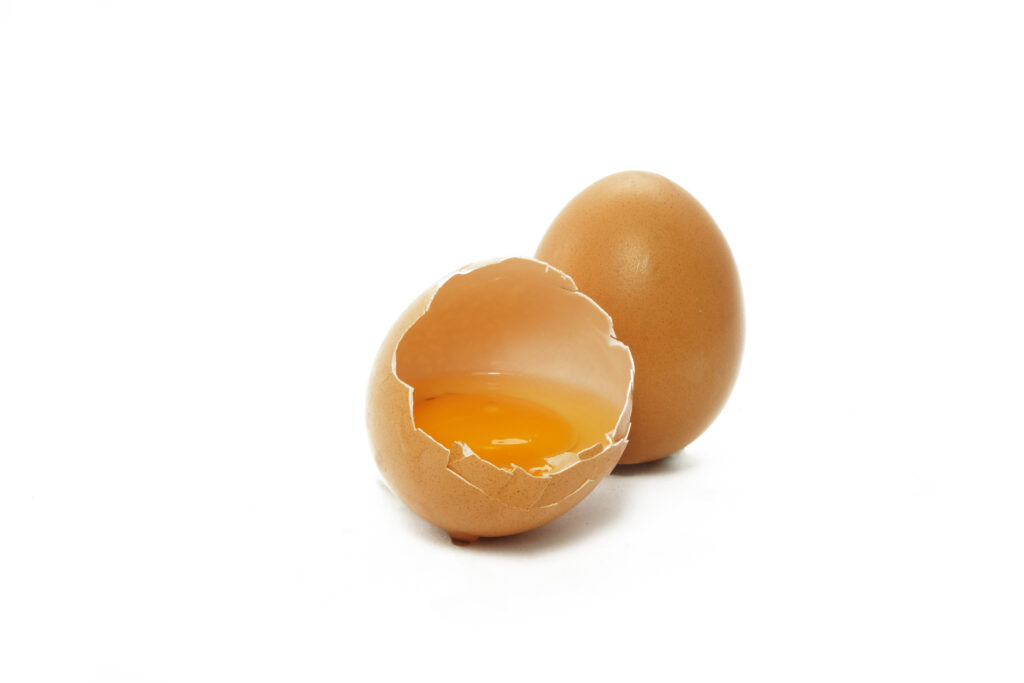Why is Protein Important?

“Macros”. Ever heard of it? What does it mean? Macros is short for macronutrients. Macronutrients are the main nutrients that make up the foods we eat. There are 3 macronutrients: carbohydrates, proteins, and fats. So when you hear people say they “count their macros” what they are saying is that they are counting the number of grams of carbohydrates, proteins, and fats that they are consuming. This means everything you eat and drink falls under one of these nutrients and ultimately makes up your calories for the day. Protein is one of the most misunderstood macronutrients.
In general, the Centers for Disease Control and Prevention (CDC) recommends Americans to consume 10-35% of their daily calories from protein sources. To put that into perspective, let’s say you are eating a 2,000-calorie diet, 10-35% would be 50g-175g of protein per day. Another way to determine how many grams of protein to have is by starting with the Recommended Dietary Allowance (RDA). The RDA is the average daily level of intake sufficient to meet the nutrient requirements of nearly all (97%-98%) healthy people. The RDA for protein is 0.8 g/kg of body weight per day. For instance, if you weigh 150lbs, your RDA for protein is to eat 55g per day. It is important to note this number will change based on age, gender, physical activity level, and disease state. The amount of protein your friend or neighbor eats on a daily basis will most likely not be appropriate for you.
Why is it beneficial to eat protein?
-
- Protein is an essential component of every cell in the body. Protein is the building block for bones, muscles, cartilage, skin, and blood. It is also important for hair and nails. Protein is used by the body to build and repair tissue which can be especially helpful after strength training exercises.
- Protein is satiating! Protein foods help us feel satisfied which can help you stay full longer. This can help with weight loss and weight maintenance because you won’t feel the need to eat as often. Sometimes the reason people crave certain unhealthy foods later in the day is due to a lack of protein distributed throughout the day.
- Prevent blood sugar spikes. Researchers find protein does not raise blood sugar levels like carbohydrates do. Pairing protein with a carbohydrate and fat at each meal can better control blood sugar levels to prevent spikes and crashes. Spikes in blood sugar levels can result in a blood sugar crash which will leave us feeling sluggish and tired– all things that should and can be avoided after eating!
- Help control cravings. Cravings for foods can happen for a number of reasons. Most people look at cravings as a bad thing, but it doesn’t have to be. Knowing why cravings happen is a good place to start to better control these emotions. It could be from a lack of sleep, uncontrolled stress, not enough fluids, or even lack of protein in your breakfast meal.
- Preserve muscle mass. Unlike carbohydrates, excess protein intake is not stored in the body for later usage. Adults lose about 3-8% of muscle mass per decade after age 30, which is even higher after age 60. Meeting at least the RDA for protein can help preserve muscle mass and prevent this loss. However, because excess protein is not stored it’s important to spread protein intake throughout the day and incorporate some kind of protein food into each of your meals.
What foods have protein? It is typically not difficult for people to find protein in their foods but it is important to note protein is found in both animal and plant foods. Research has shown incorporating more plant-based proteins into your diet can lower morbidity and mortality rates, reduce risk of obesity, high blood pressure, heart disease, type 2 diabetes, and some types of cancer. The list below will show you protein sources from each area.
Plant based
Legumes, grains, and vegetables:
Tempeh
Pinto beans
Tofu
Lentils
Edamame
Black beans
Red kidney beans
Chickpeas
Fava beans
Farro
Wheat berries
Kamut
Lime beans
Quinoa
Peas, green
Spinach, cooked
Hummus
Nuts and seeds:
Soy nuts
Pumpkin seeds
Peanuts
Peanut butter
Almonds
Almond butter
Pistachios
Flax seeds
Sunflower seeds
Chia seeds
Walnuts
Cashews
Animal based
Meat, poultry, and eggs:
Chicken
Steak
Turkey
Lamb
Pork
Ham
Egg, large
Seafood:
Salmon
Tuna
Shrimp
Lobster
Scallops
Dairy products:
Yogurt
Cottage cheese
Keifer
Milk, Skim, 1%, 2%, whole
Soy Milk
Mozzarella
String cheese
Are you having a difficult time figuring out whether you’re eating enough protein, or maybe you’re interested in swapping out some animal proteins for plant proteins? Contact the dietitians at Yummy Body Nutrition – we can help!
Shaylyn Tinari, MS, RD, LDN
Resources:
1. https://ods.od.nih.gov/Health_Information/Dietary_Reference_Intakes.aspx
2. http://comenius.susqu.edu/biol/010/tobin-janzen/nutrition%20for%20everyone_%20basics_%20protein%20_%20dnpao%20_%20cdc.pdf
3. https://www.choosemyplate.gov/protein-foods-nutrients-health
4. https://www.todaysdietitian.com/newarchives/0419p30.shtml
5. https://www.cnn.com/2019/07/22/health/plant-based-diet-diabetes-study/index.html
6. https://oldwayspt.org/health-studies